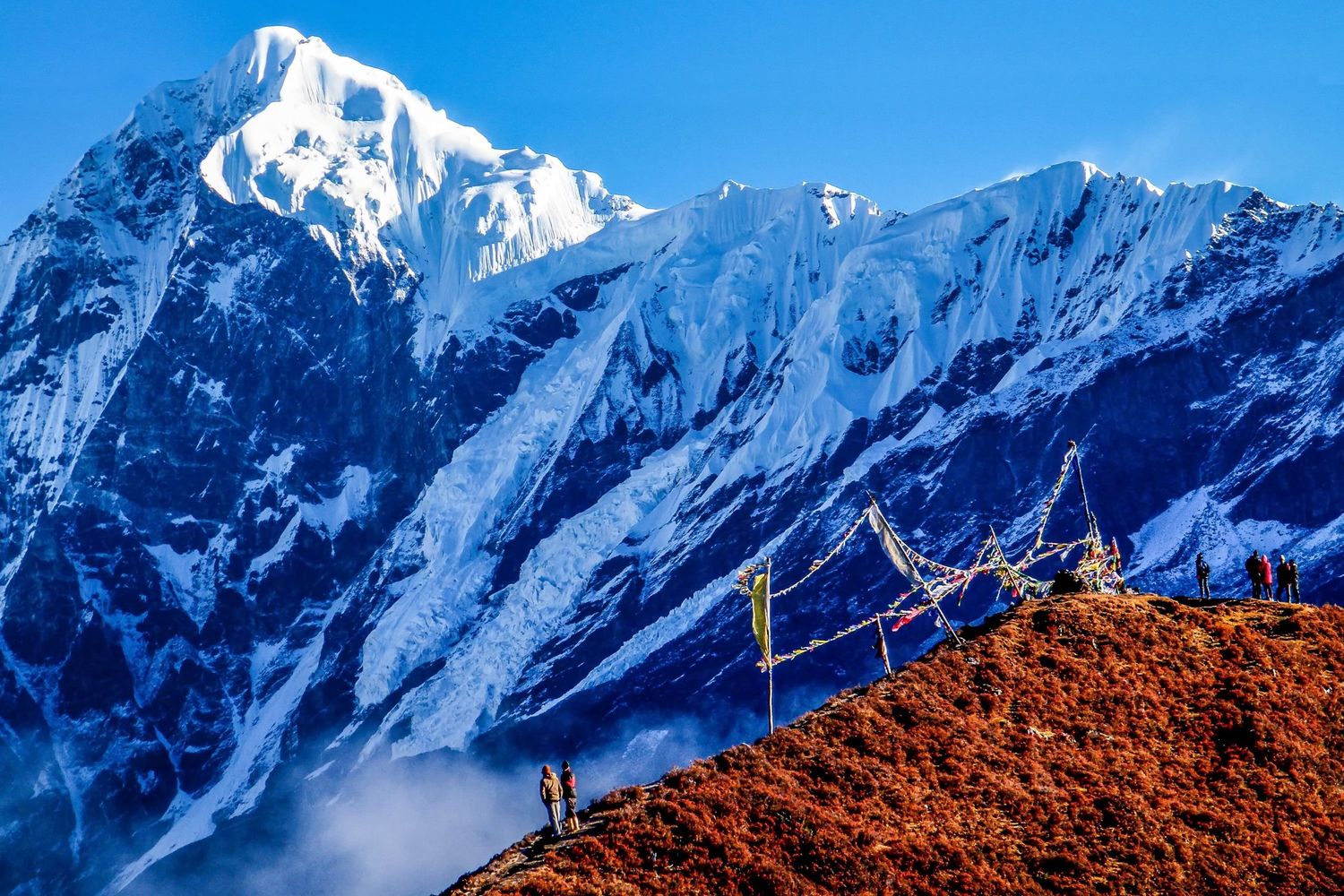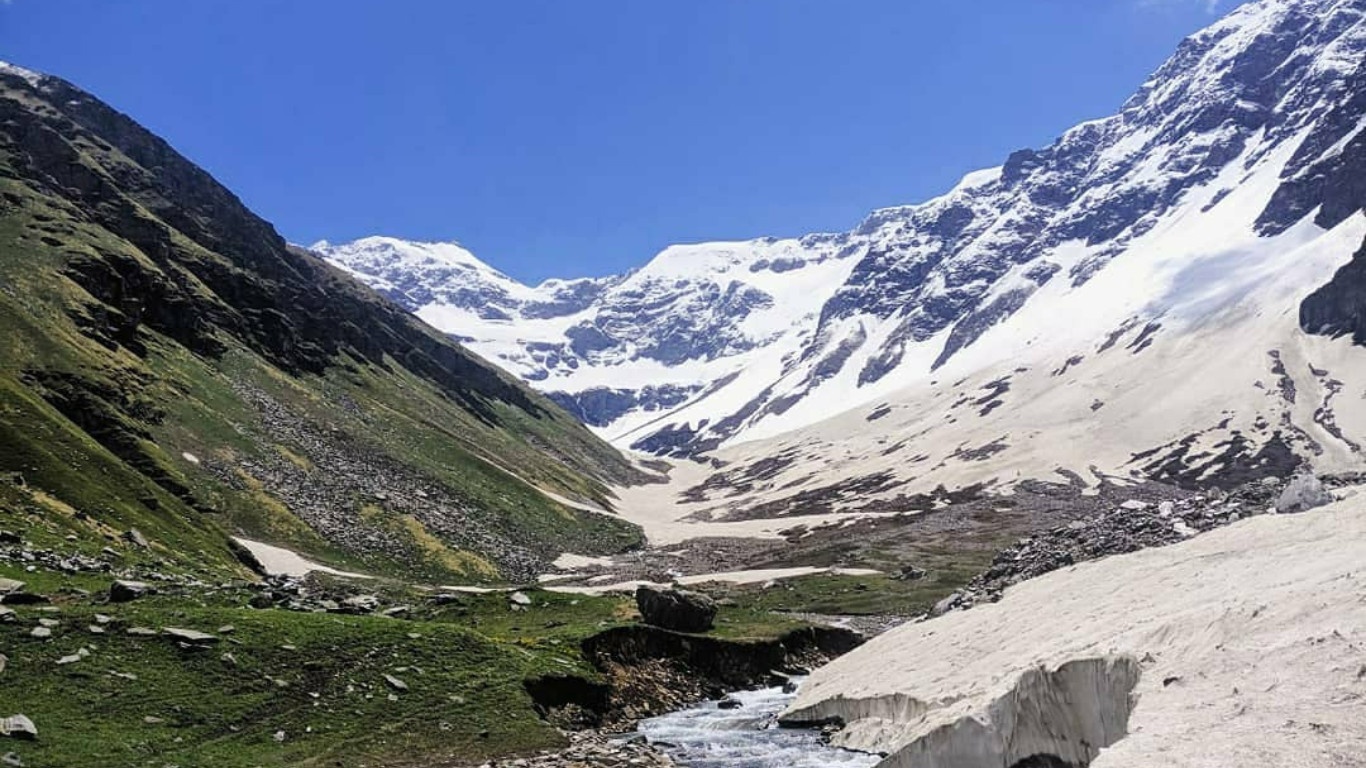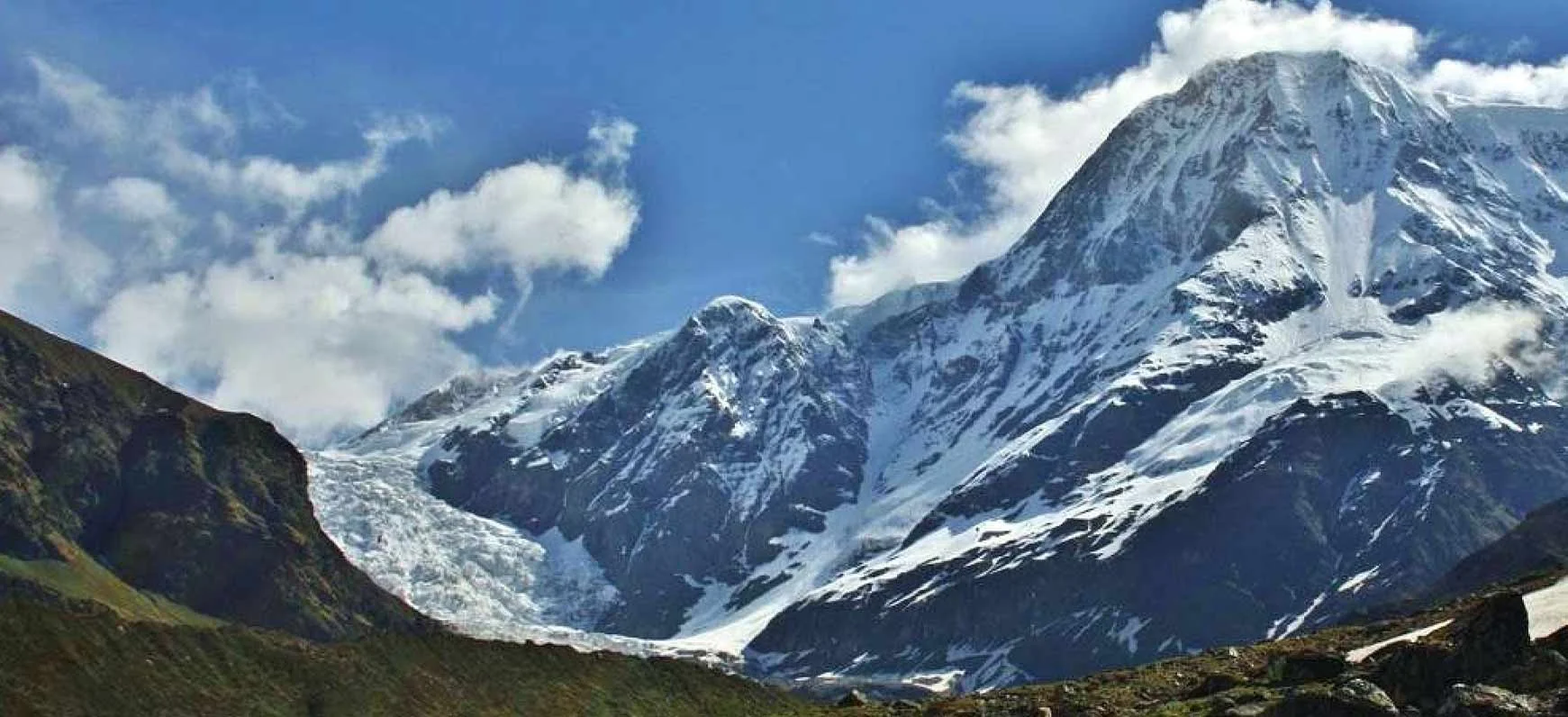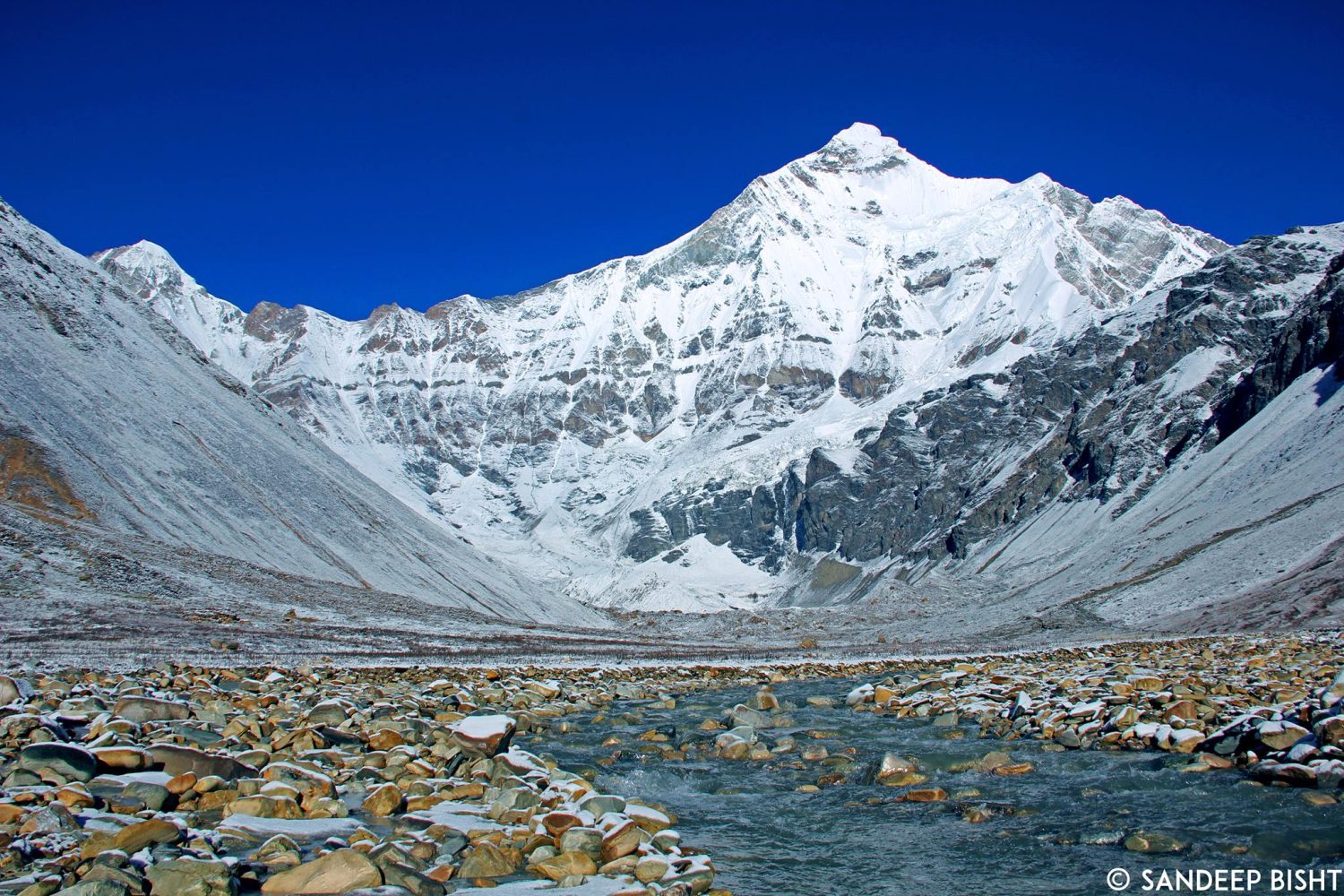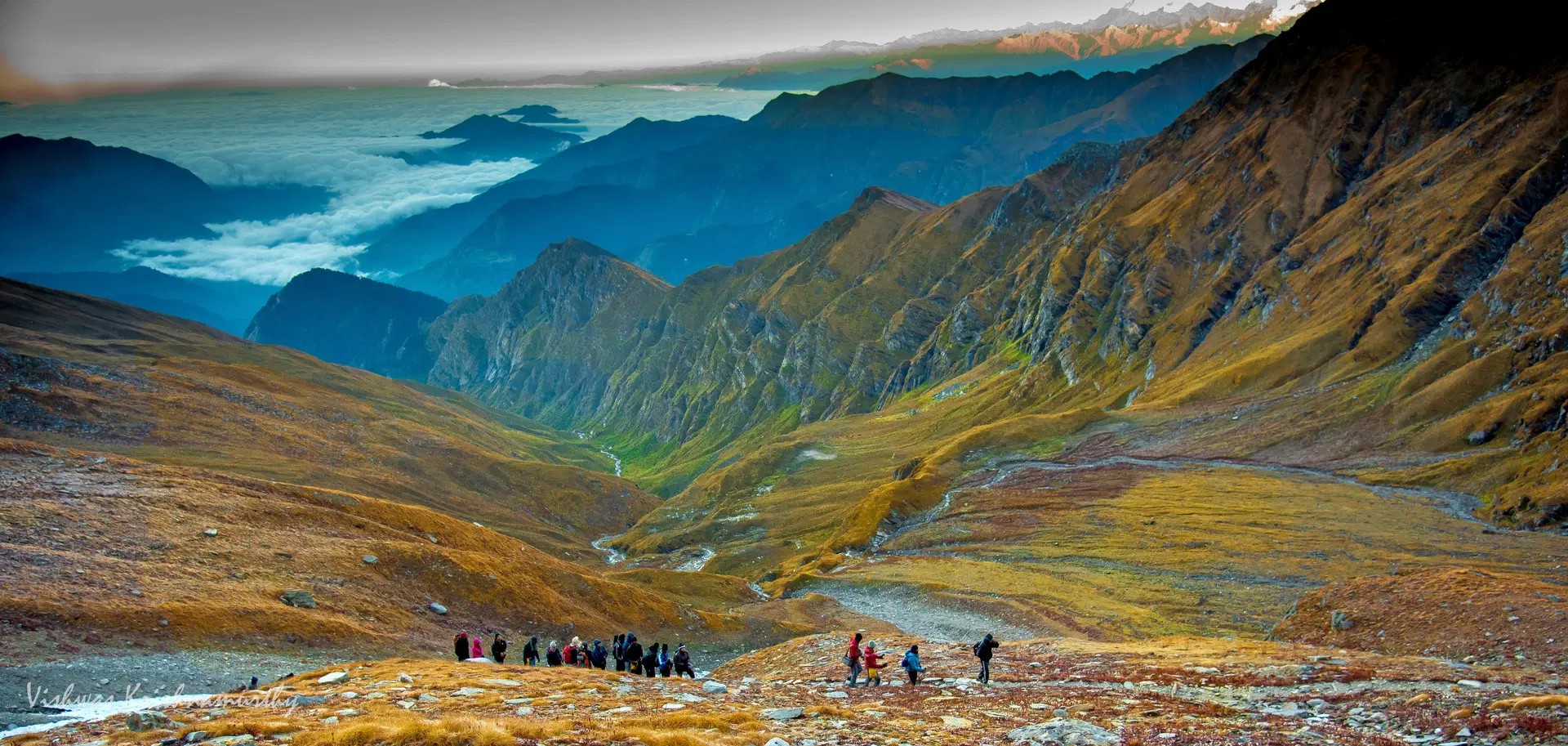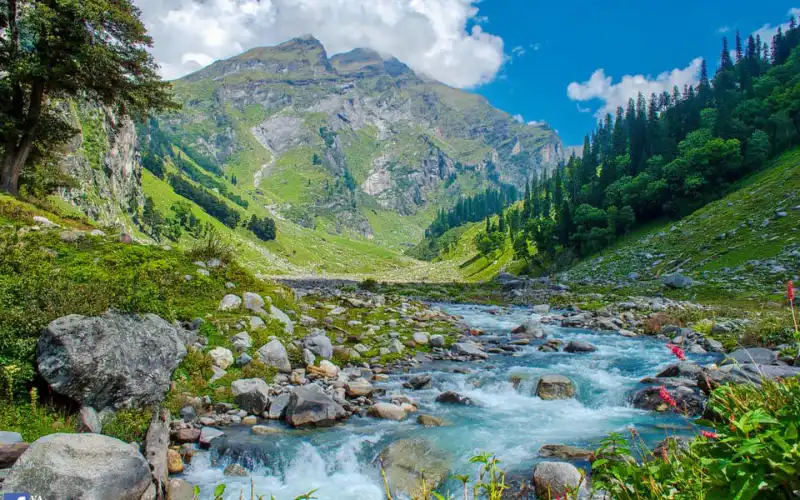Goechala Trek: Walk to the Grandstand of Mt. Kanchenjunga
The Goechala Trek is a legendary high-altitude Himalayan trek that offers mind-blowing views of Mt. Kanchenjunga—the third highest peak in the world. Located in the enchanting landscapes of Sikkim, this trail leads you through dense rhododendron forests, dramatic ridgelines, glacial lakes, and ends at a point so close to the mighty Kanchenjunga that it feels surreal. It’s not just a trek; it’s a pilgrimage for mountain lovers.
Unparalleled Mountain Views
Goechala isn’t just about Kanchenjunga. Along the route, you’re treated to panoramic views of 14 other big Himalayan peaks including Mt. Pandim, Rathong, Kabru, and Simvo. The famous View Point 1 offers a golden sunrise that paints the mountains in fiery orange—one of the most magical moments on any Indian trek.
Blooming Trails in Summer, Snowfields in Fall
Spring turns the entire trail into a rhododendron wonderland. Red, pink, and white blossoms cover the forest like a fairy tale. In autumn, you walk through icy trails with clear skies and snow-draped peaks—both seasons show Goechala in a completely different but equally stunning mood.
